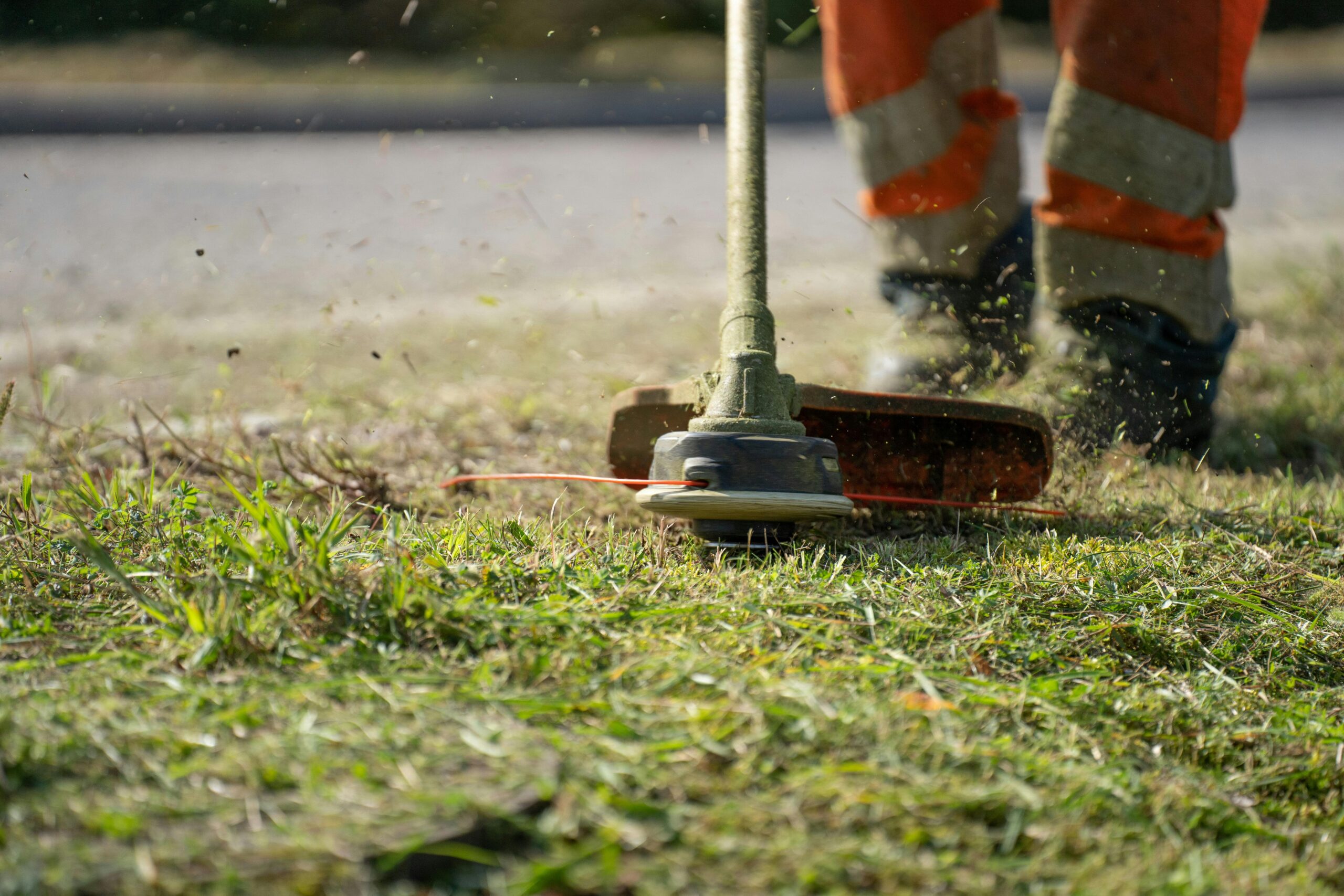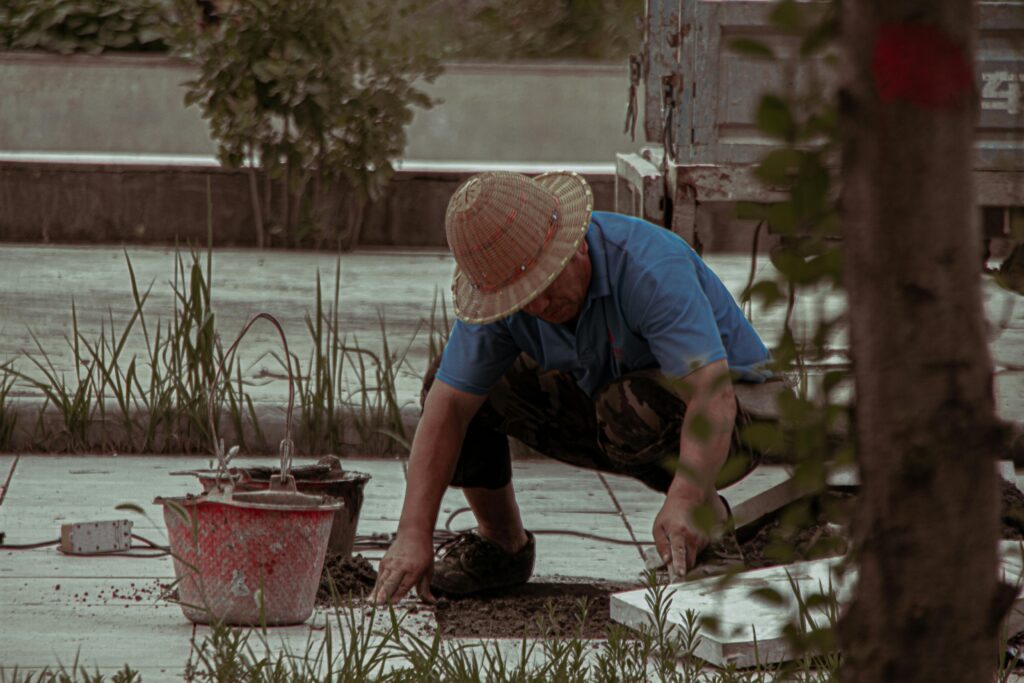
Picture this: after a long and cold winter, the sun starts shining brighter, the flowers bloom, and nature awakens from its slumber. It’s springtime, the perfect moment to breathe new life into your garden. As you step outside, you may notice the debris, dead leaves, and overgrown plants that accumulated during the colder months. But fret not, because in this article, you will learn all about the importance of spring garden cleaning and how it can transform your outdoor space into a vibrant and welcoming haven.
In this comprehensive guide to “Spring Garden Cleaning,” you will discover essential tips and techniques to effectively declutter, organize, and rejuvenate your garden for the upcoming season. From clearing out debris and pruning plants to prepping the soil and reviving your garden furniture, you’ll find actionable advice to make your outdoor oasis thrive.
So, buckle up and get ready to roll up your sleeves because this article will equip you with the knowledge and tools you need to tackle the daunting task of cleaning your garden in spring. Get ready to unleash the full potential of your outdoor space and create a picturesque sanctuary where you can relax, entertain, and connect with nature.
The Importance of Spring Garden Cleaning: A Fresh Start for a Vibrant Outdoor Space
Spring is a season of renewal, where nature awakens from its winter slumber and bursts forth with new life. As the flowers bloom and the trees begin to bud, it’s the perfect time to give your garden the attention it deserves. This is where the importance of spring garden cleaning comes into play.
Why is spring garden cleaning so crucial, you may ask? Well, for starters, a thorough clean-up at the beginning of spring sets the stage for a successful growing season ahead. By removing debris, dead leaves, and other organic matter that has accumulated over the winter, you create a clean slate for your plants to thrive. This helps to prevent disease and pest infestations, allowing your garden to flourish.
According to a study conducted by the National Gardening Association, gardens that receive regular maintenance, including spring cleaning, tend to produce higher yields and healthier plants. In fact, gardeners who invest time in cleaning and preparing their outdoor spaces in the spring report increased satisfaction with the overall appearance and productivity of their gardens.
One shining example of the benefits of spring garden cleaning is the success story of Sarah, a passionate gardener from New York. Sarah had always dreamed of having a lush garden filled with colorful blooms and fresh vegetables, but she struggled to achieve the desired results until she adopted a spring cleaning routine. By clearing out old plant debris, dividing overcrowded perennials, and mulching her garden beds in the spring, Sarah transformed her outdoor space into a vibrant oasis. Not only did her plants thrive, but she also enjoyed a bountiful harvest of tomatoes, cucumbers, and peppers throughout the summer.
In conclusion, the importance of spring garden cleaning cannot be overstated. By investing time and effort into tidying up your outdoor space at the beginning of the season, you pave the way for a successful and enjoyable gardening experience. So roll up your sleeves, grab your gardening gloves, and get ready to give your garden the fresh start it deserves this spring.
How to Perform Spring Garden Cleaning Step by Step
Spring is the perfect time to give your garden a thorough cleaning to prepare it for the warmer months ahead. Follow these steps to ensure your garden is in top shape for the spring season:
1. Start by removing debris:
– Clear out any fallen leaves, dead plants, and other debris that has accumulated over the winter months. Use a rake to gather the debris into piles for easy disposal.
– Trim back any dead or overgrown branches to allow for new growth to come through.
2. Prune and trim plants:
– Inspect your plants for any signs of disease or pest infestation. Prune away affected areas to prevent further spread.
– Trim back any overgrown branches or foliage to promote healthy growth and improve the overall appearance of your garden.
3. Weed the flower beds:
– Remove any weeds that have sprouted up in your flower beds. Be sure to pull out the entire root to prevent them from growing back.
– Consider applying a layer of mulch to help suppress weed growth and retain moisture in the soil.
4. Clean and sharpen garden tools:
– Take the time to clean and sharpen your garden tools to ensure they are in good working condition for the season ahead. Properly maintained tools will make your gardening tasks easier and more efficient.
5. Plan and plant new additions:
– Evaluate your garden layout and consider adding new plants or flowers to enhance your garden’s aesthetic appeal.
– Research plant options that thrive in the spring and choose varieties that will complement your existing garden design.
By following these steps and investing some time and effort into your spring garden cleaning routine, you can enjoy a beautiful and thriving garden throughout the spring and beyond.

Tips for Spring Garden Cleaning:
✅ Start by decluttering: Remove any dead leaves, branches, and debris to make room for new growth.
❌ Avoid pruning too early: Wait for the right time to trim bushes and trees to prevent damage.
💡 Extra tip: Consider dividing and transplanting overcrowded plants to promote healthier growth.
✅ Clean and sharpen your gardening tools: Properly maintained tools will make your tasks easier and more efficient.
❌ Skip using chemical cleaners: Opt for natural solutions like vinegar and water to avoid harmful chemicals in your garden.
💡 Extra tip: Invest in a good pair of gardening gloves to protect your hands while working.
✅ Mulch your garden beds: Mulching helps retain moisture, suppress weeds, and provide nutrients to the soil.
❌ Don’t forget to check for pests: Inspect plants for any signs of pests or diseases and take action accordingly.
💡 Extra tip: Consider composting organic waste from your garden for a sustainable approach to waste management.
✅ Prune dead or damaged branches: Removing unhealthy parts of plants will promote new growth and overall plant health.
❌ Avoid over-fertilizing: Excessive fertilization can harm plants and disrupt the natural ecosystem of your garden.
💡 Extra tip: Create a garden maintenance schedule to stay organized and on top of tasks throughout the season.
Remember, a well-maintained garden in spring will set the foundation for a vibrant and thriving outdoor space for the rest of the year!
Concepts Key
When it comes to springtime, one of the essential tasks for any garden enthusiast is the spring garden cleanup. This process is crucial to ensure a healthy and vibrant garden throughout the rest of the year. However, the concept of spring garden cleanup goes beyond simply raking leaves and removing debris. Let’s dive into some key concepts that are vital to understand for a successful spring garden cleanup.
1. Seasonal Transition: Spring is a time of transition in the garden, marking the end of winter dormancy and the beginning of active growth. Understanding this transition is key to knowing how to best prepare your garden for the upcoming months. It’s a period of renewal and rejuvenation, where plants start to awaken from their winter slumber.
2. Plant Health: One of the main goals of spring garden cleanup is to promote plant health. This involves removing any dead or diseased plant material that may have accumulated over the winter. By tidying up the garden and removing potential sources of disease, you can help prevent the spread of infections and ensure that your plants have the best conditions to thrive.
3. Weed Control: Spring is also the time when weeds start to emerge and compete with your beloved plants for nutrients and resources. Therefore, part of the spring garden cleanup process involves weeding. By staying on top of weed control early in the season, you can prevent weeds from taking over your garden and ensure that your plants have the space they need to grow.
4. Soil Preparation: Another important concept to consider during spring garden cleanup is soil preparation. This may involve turning the soil, adding compost or mulch, and testing the soil pH levels. By taking care of your soil in the spring, you can provide a healthy foundation for your plants to grow and thrive throughout the season.
5. Pruning and Trimming: Spring is an ideal time to prune and trim your plants to promote healthy growth and shape. Removing dead or overgrown branches not only improves the appearance of your garden but also encourages new growth and flowering. Understanding the proper techniques for pruning different types of plants is crucial to avoid damaging them.
6. Pest Management: As the temperatures rise in spring, pests also become more active. Part of the spring garden cleanup process involves inspecting your plants for any signs of pest infestations and taking appropriate measures to control them. This may include using organic pest control methods or introducing beneficial insects to keep pest populations in check.
By grasping these key concepts related to spring garden cleanup, you can approach this seasonal task with a deeper understanding of the underlying principles. Remember, a well-maintained garden in spring sets the stage for a bountiful and beautiful garden throughout the rest of the year.
🌼 FAQs about Spring Garden Cleaning 🌿
❓ Why is spring a good time for garden cleaning?
Spring is the perfect time for garden cleaning because it allows you to clear out any winter debris, prepare the soil for planting, and ensure a healthy start for your garden before the growing season begins.
❓ What are some essential tasks to include in spring garden cleaning?
Some essential tasks for spring garden cleaning include removing weeds, pruning dead branches, cleaning out debris from flower beds, aerating the soil, and applying fertilizer or compost to nourish the plants.
❓ How often should I clean my garden in spring?
It is recommended to do a thorough garden cleaning at the beginning of spring to prepare for the growing season. However, regular maintenance throughout the spring months, such as weeding and pruning, is also important to keep your garden looking its best.
❓ Can I repurpose the debris from spring garden cleaning?
Yes, you can repurpose the debris from spring garden cleaning by creating a compost pile. Organic materials like leaves, branches, and plant trimmings can be composted to create nutrient-rich soil for your garden.
❓ Do I need special tools for spring garden cleaning?
While basic gardening tools like pruners, gloves, and a rake are essential for spring garden cleaning, you don’t necessarily need special equipment. However, having a wheelbarrow or compost bin can make the process more efficient.
